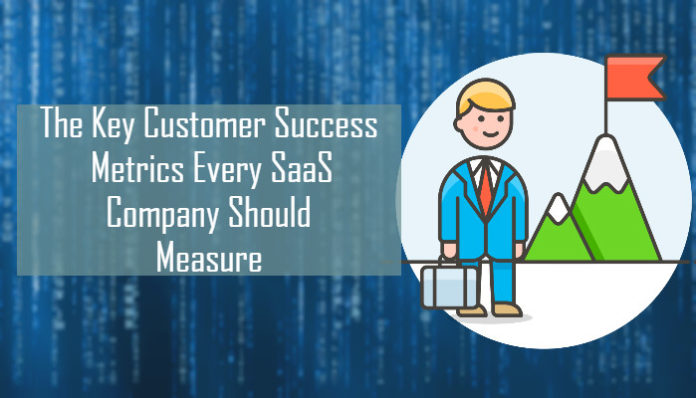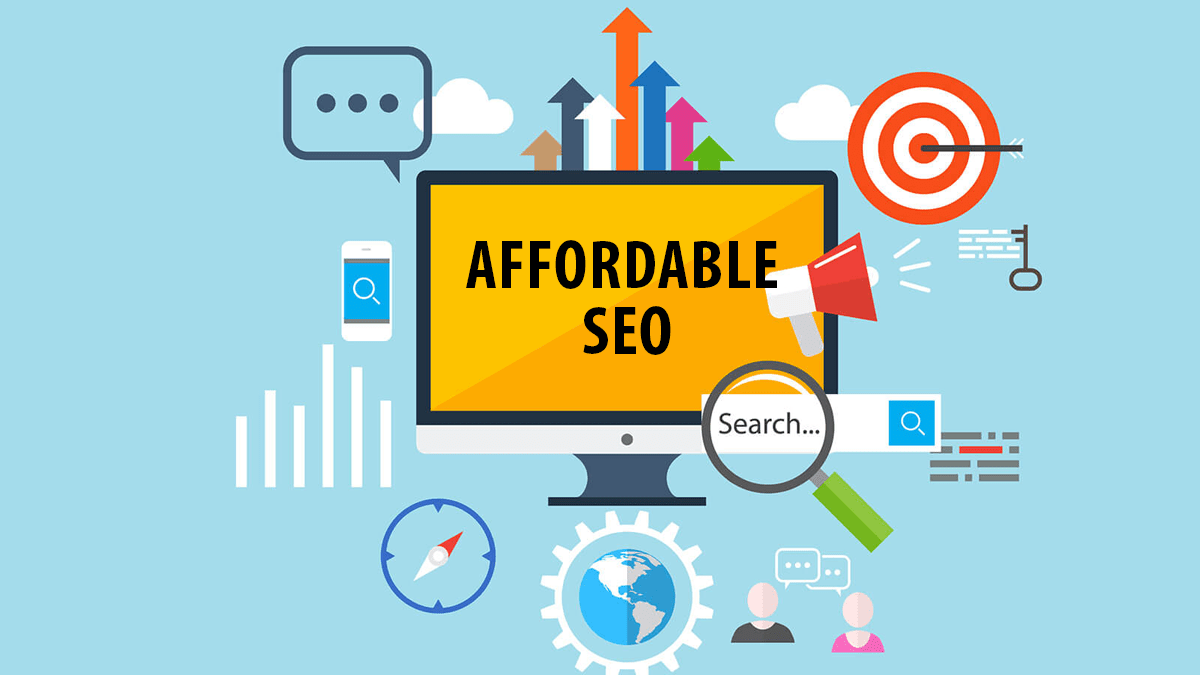What Are The Key Customer Success Metrics Every SaaS Company Should Measure
In order to know whether your business is growing, stagnant or on a downward position, it is very important to know where your company stands. This will help you take measures so that your company may move in the right direction. In order to get knowledge about the current position of the company, it is very necessary to take help of data points as it is always accurate. Therefore it is important to lay stress on customer success metrics so as to know what to prioritize next in order to boost business growth.
[wonderplugin_video iframe="https://www.youtube.com/watch?v=a8Ddw1Zm-ig" lightbox=0 lightboxsize=1 lightboxwidth=960 lightboxheight=540 autoopen=0 autoopendelay=0 autoclose=0 lightboxtitle="" lightboxgroup="" lightboxshownavigation=0 showimage="" lightboxoptions="" videowidth=600 videoheight=400 keepaspectratio=1 autoplay=0 loop=0 videocss="position:relative;display:block;background-color:#000;overflow:hidden;max-width:100%;margin:0 auto;" playbutton="http://postmyarticles.com/wp-content/plugins/wonderplugin-video-embed/engine/playvideo-64-64-0.png"]
Key Customer Success Metrics to Measure
In order to boost a company’s growth, you need to make sure that you are measuring customer success metrics. Following are the key customer success metrics that every SaaS Company needs to measure:
- Average Revenue per Account: It is the average amount of revenue per customer-generated measured in a defined period of time, in months or years. It will help you in analyzing the company’s revenue generation that will help in distinguishing between high and low revenue products. You must measure ARPA for new customers separately if there has been a change in pricing. This will help in offering you a more accurate per account average revenue.
- Customer Lifetime Value: Customer Lifetime Value is an estimation of the average contribution of the customer over the life of the customer. It is very difficult and expensive to attract new customers compared to increasing the expected revenue over the lifetime of a customer. Customer Lifetime Value is a dependable way of growth because if you are able to manage it well, it will result in increased revenue coming from purchases that are being sold repeatedly. This will help in the expected growth of your business.
- Lifetime Value over Customer Acquisition Cost Ratio: This is the most important metric that will show you how your company has improved over time, how much amount should be invested so that it may result in company’s growth. The ratio is 3:1 which implies that for every dollar invested, your return is 3 times. If you want your business to grow and succeed, do not let the number go down below 3. A lower ratio suggests that the investment is too much. A ratio above 3 implies that the company is getting a good return on the investments made. The higher the ratio, the better it is. A higher ratio like 7 or 8 implies a great return on investment. Also, it implies that a company’s growth is being held back by underspending.
- Churn Rate: It is the most important and standard metric. It is measured as the ratio of the number of clients who canceled their subscription to the total number of clients. It will help to limit the largest size your business can achieve. It becomes very important to know the reason for your churn so that you can be active and would be able to take measures to prevent it. For small startups, this isn’t a much problem since there would be a little chance of huge loss.
- Customer Retention Cost: It refers to the sum of expenses a company undertakes as technical support so that there would not be a loss of customers. In order to keep and cultivate existing customers, this metric is measured. CRC is beneficial in getting an idea of the performances of SaaS Companies, boosting their financial health and steering their investment decisions from the perspective of products and services. It also assists the development team to determine the best feature upgrades.
- Expansion MRR: Expansion MRR generation is beneficial for long term profits and growth as it costs less than attracting new customers. It implies that the customers are receiving more benefits and the usage of the products is increasing. Calculating MRR expansion involves calculating the sum of additional revenue from present customers that occurred within the month. A good expansion MRR rate implies that your revenue churn rate is negative which means that the revenue collected from the present customers is more than the revenues lost to the ones that churned out.










